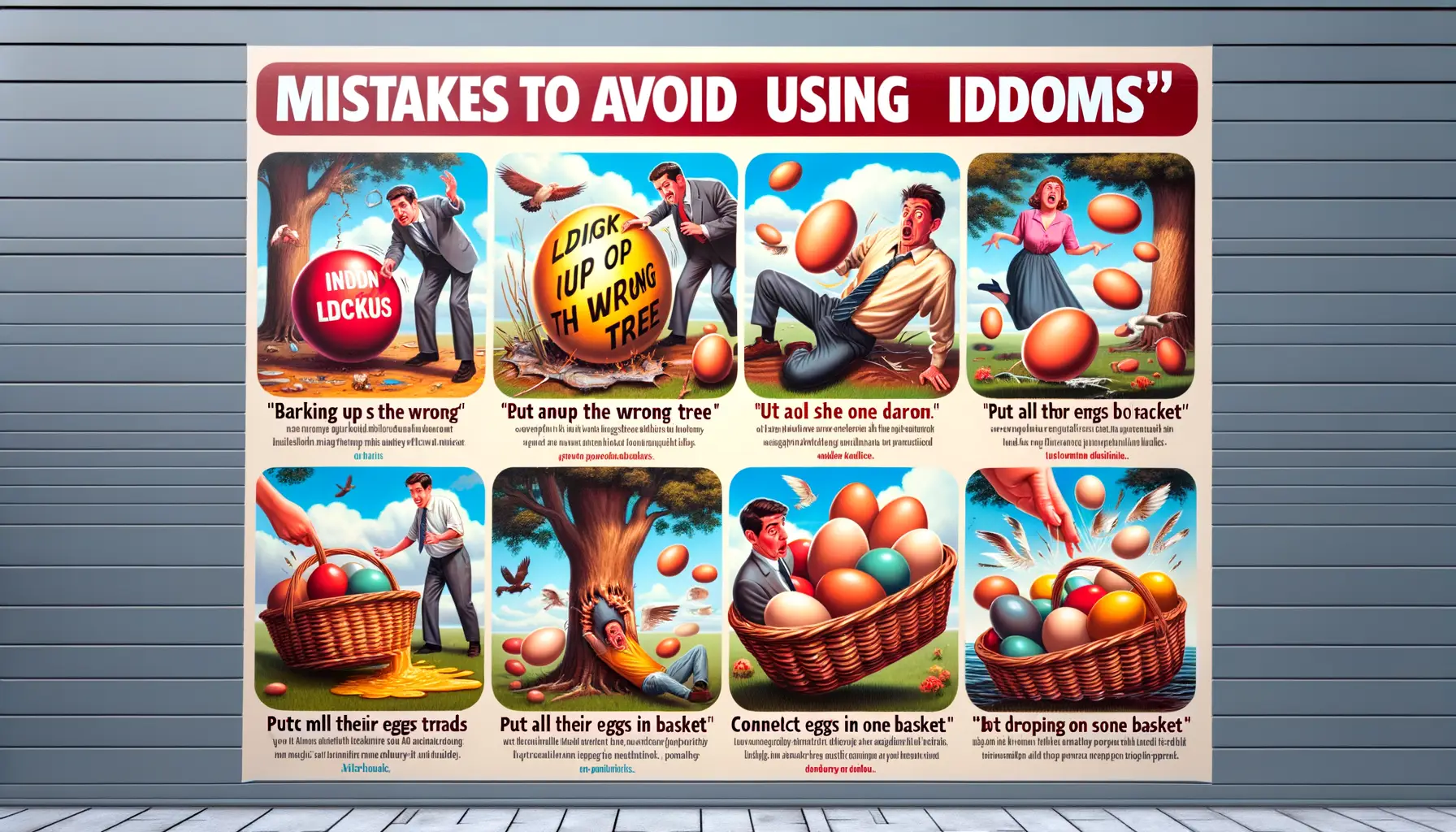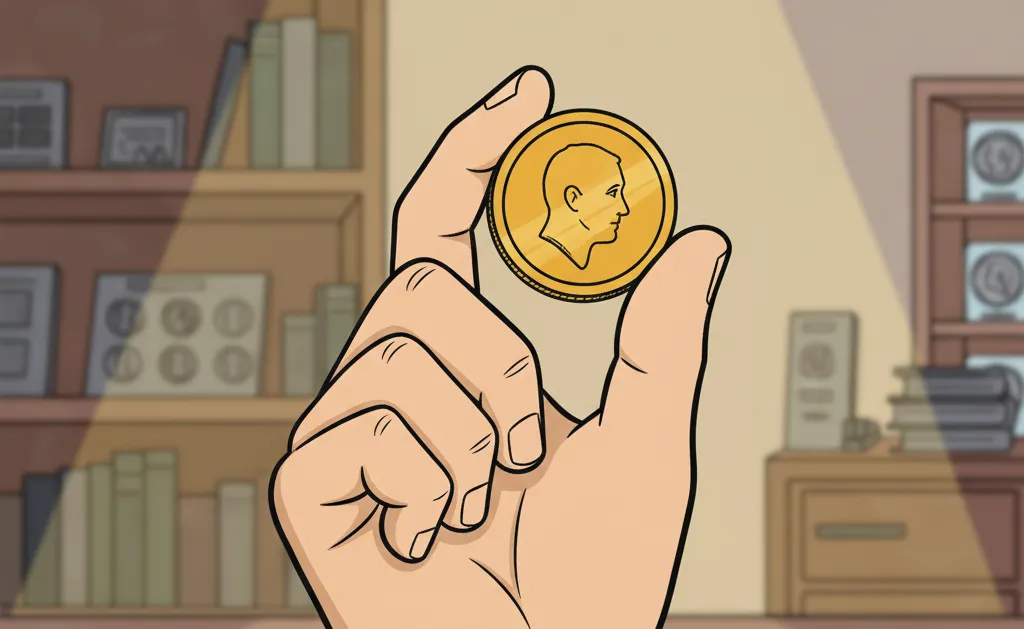Understanding English Idioms and Their Importance
Why Idioms Add Spice to Your English
Imagine this: you’re at a lively dinner party, and someone says, “Break a leg!” You freeze. Are they cursing you? No! They’re wishing you good luck, but in the wonderfully quirky way that English loves. Idioms are like secret handshakes—they instantly connect you to native speakers and breathe life into your conversations.
Without idioms, English can feel, well… a little plain. These playful phrases add flavor, much like adding seasoning to a meal. Saying “When pigs fly” is far more colorful than simply stating “That will never happen.” And speaking of flavor, languages use idioms to reflect their unique culture—learning them is like getting a taste of how native speakers think and express emotions.
- They help you convey deeper emotions or humor.
- They make your speech appear more fluent and natural.
- They show your grasp of cultural nuances, not just vocabulary.
So every time you learn an idiom, you’re not just decoding a phrase; you’re stepping closer to feeling truly at home in English. It’s fascinating, isn’t it?
Commonly Used English Idioms and Phrases

Everyday Idioms That Add Color to Your Speech
You’ve probably heard someone say, “It’s raining cats and dogs!” and thought, *What on earth does that mean?* Well, welcome to the curious world of English idioms—phrases that pack a punch of meaning without actually saying what they mean! Whether you’re chatting with friends or writing an email, using idioms can make your communication sparkle.
Here are a few must-know expressions that pop up often:
- Break the ice: To start a conversation or ease tension, like when you nervously crack a joke during an awkward meeting.
- Bite off more than you can chew: Ever sign up for three projects at once, only to feel overwhelmed? Yep, this phrase is your life right now.
- Under the weather: Feeling sick? Not having your best day? This one captures it perfectly.
These phrases are like secret handshakes—they bond you with native speakers and bring a natural rhythm to your sentences. But remember, timing is everything! Using idioms incorrectly can feel like trying to dance to the wrong beat.
Tips for Learning and Remembering Idioms

Embrace Visuals and Connections
Picture this: idioms are like little puzzles wrapped in words. To crack them, you need to create connections in your mind that stick. For instance, imagine the phrase “spill the beans.” Visualize someone literally tipping over a pot of beans, the secrets tumbling out like a culinary disaster. Silly? Absolutely—but it works!
Another trick is linking an idiom with something personal. If “break the ice” reminds you of how nervous you were before meeting your best friend, use that memory as an anchor. Those personal ties give idioms an emotional home in your brain, making them much harder to forget.
Dive Deep through Context
Idioms love to hide in everyday conversations, books, even TV shows. The key? Hunt them down in context. Hearing “the ball’s in your court” during a sports-related chat will teach you more than memorizing flashcards ever could. Pay attention to emotions, tone, and setting—context is the spotlight that reveals idioms’ true meaning.
By adding fun and connections, you’ll not just learn idioms—you’ll own them!
Mistakes to Avoid When Using Idioms

Overthinking the Literal Meaning
When it comes to idioms, one of the biggest traps is taking them too literally. Picture this: someone tells you to “break the ice” at a meeting, and instead of speaking up, you start researching ice-breaking machines! Idioms are all about context—they’re not meant to be dissected word by word. Remember, you’re navigating figurative language, not solving a riddle. If you’re ever unsure, ask a native speaker or look up examples of how it’s used in daily conversation.
Mixing and Mangling Idioms
Misusing or combining idioms can quickly turn your sentence into an unintentional comedy act. Imagine saying, “Let’s burn the midnight oil while the iron is hot.” Uh… what? That’s two completely different idioms rolled into one strange concoction! To avoid this, focus on learning these expressions individually before you start flexing your linguistic muscles. Here’s a list of common mistakes people make:
- Wrong word replacements: Saying “cut the tree” instead of “cut to the chase.”
- Literal translations: Trying to directly translate idioms from your native language—trust me, it rarely works!
Keep your idiom use sharp by practicing often, but always double-check your phrasing for accuracy.
Practical Exercises to Improve Idiom Usage

Turn Idiom Practice Into a Daily Adventure
Feeling overwhelmed by idioms? Don’t fret—learning them doesn’t have to feel like climbing Mount Everest! Instead, try weaving them into your daily routine. Think of idioms as tools in your linguistic treasure chest, waiting to shine in everyday conversations. A simple way to start is to pick one or two idioms a day and actively use them. For instance, if today’s gem is “hit the nail on the head,” challenge yourself to say it while talking about solving a problem.
Here’s an idea: create **sticky notes** with idioms on them and place them where you’ll see them often—like on your bathroom mirror or laptop. Interactive reminders like these keep idioms fresh in your mind, making it easier to recall them naturally.
Engaging Idiom Exercises for Language Confidence
Ready to make learning idioms more fun than a barrel of monkeys? Try these hands-on exercises:
- Idiom Match-Up: Write idioms on one set of cards and their meanings on another. Shuffle and match them correctly!
- Story Weaving: Pick three idioms and work them into a short story. The sillier, the better!
Both activities improve recall and ensure these quirky phrases stick like glue in your memory. Give it a try—it’s a piece of cake!





